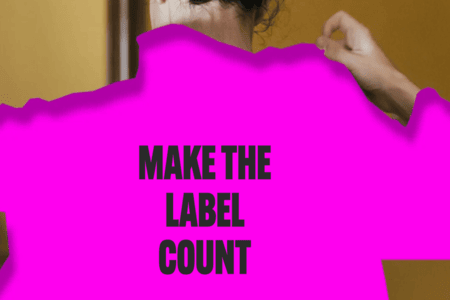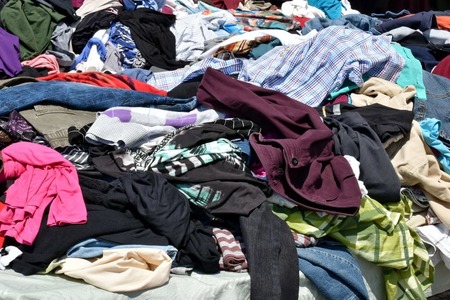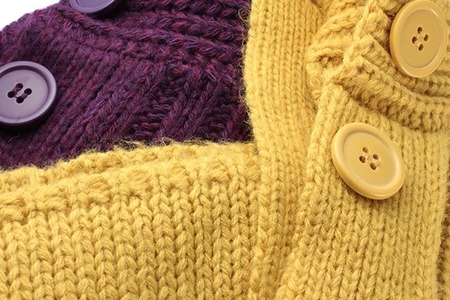
Is ocean microplastic severely underestimated?
YarnsandFibers News Bureau 2020-05-27 12:34:26 – United KingdomNew research into the extent of microplastic pollution in the oceans suggests there could be at least double the amount of tiny plastic particles as earlier.
Scientists using nets with a finer mesh size than normally used to filter microplastics made the discovery when trawling waters off the coasts of Britain and the United States.
The accession of these smaller particles to international estimates of surface microplastics increases the range from previous estimates of between five and 50 trillion particles to up to 125 trillion particles, the scientists state.
Microplastic pollution, most of it microfibres out of plastic-based fabrics that enter the rivers and seas through washing, is proven to damage the fertility, growth, and survival of marine life.
The smaller particles are especially concerning because they are exactly the exact same size as the meals consumed by the zooplankton which underpin the marine food chain and play an important part in regulating the global climate.
These very small creatures are among the most abundant species on the planet however the new data indicates there may be microplastic particles compared to zooplankton in certain waters.
"The estimate of marine microplastic concentration could currently be vastly underestimated," said Prof Pennie Lindeque, of the Plymouth Marine Laboratory, who led the research, published in the journal Environmental Pollution.
She said the particles had been dominated by fibres from textiles and that there might well be smaller particles than those captured by the fine mesh nets, meaning that the amounts"could be even larger again".
Lindeque's team used nets with mesh sizes of 100 microns (0.1mm), 333 microns and 500 microns. They discovered two-and-a-half times more particles in the best net than at the 333-micron internet, the type usually used to filter microplastics, and 10 times more than in the 500-micron net.
The surface trawls from the coast of Plymouth in the United Kingdom and also the coast of Maine from the US revealed similar effects, suggesting they were representative of waters nearby populated land.
"I was amazed at the scope we had been underestimating the microplastic prosperity in the marine environment. I was also surprised how constant the results had been on both sides of the North Atlantic," Lindeque said.
Another new study shows how microplastics have entered the food chain in rivers, with critters found to be swallowing hundreds of particles a day through the aquatic insects on which they feed.
The research, published in the journal Global Change Biology, analyzed the droppings and regurgitated pellets of white-throated dippers in 15 river sites in South Wales.
They revealed that the birds, which feed river bugs, were consuming about 200 pieces of plastic a day - mostly fibres - and feeding them to their nest-bound chicks.
Prof Steve Ormerod, of Cardiff University, who led the job, explained, "In almost 40 decades of researching rivers and dippers, I never envisioned that one day our job would show these spectacular birds to be at risk from the consumption of plastics. It is a measure of how this pollution problem has crept upon us."
Market Intelligence
Ask for free sample Report

experience
Customer Base
dedicated team
Countries Served Worldwide









